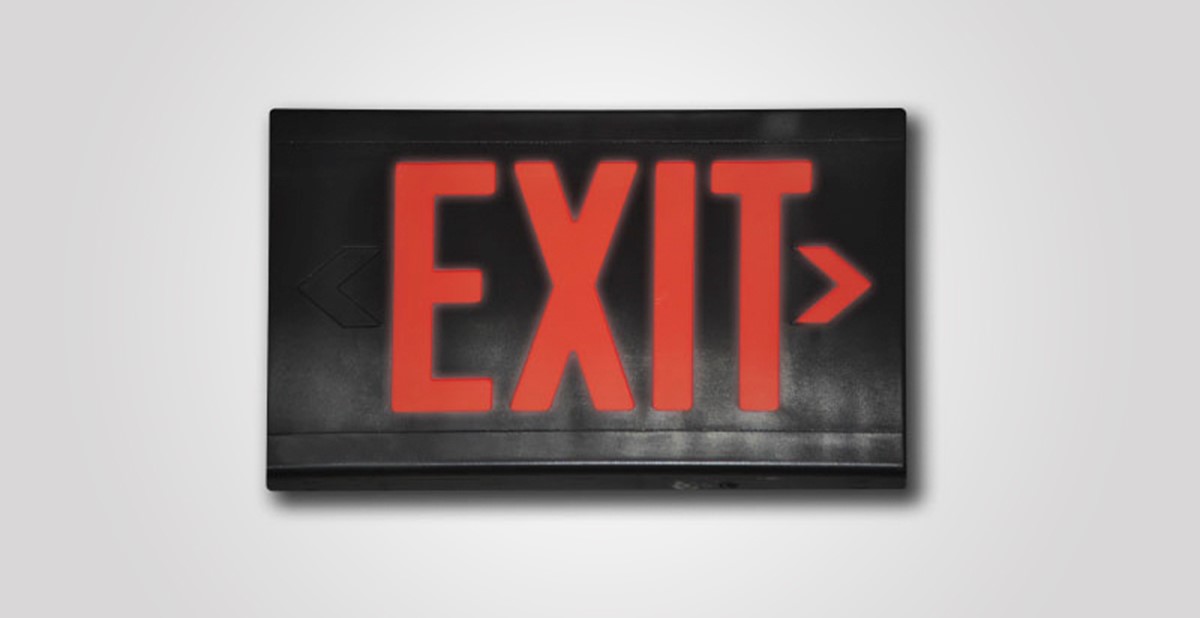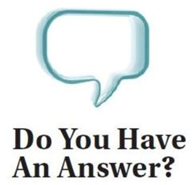Question: It’s Time For An Exit Strategy—Any Advice?

A Distributor Asks: It’s time for us to consider an exit strategy. Given that our distributorship is home-based, we have very little in the way of equipment, buildings, etc. I was wondering if there is a basic formula that one could use to approximate the value of the distributorship (client accounts, files, etc.).
Depending on the type of customers, your valuation could be one times the gross profit or four to five times earnings before tax, depreciation and amortization (EDITDA). Again, depending on your customers, you may get some money upfront, plus an earnout for up to three years, depending on customer retention.
Dave LaRusso
President
DVL Enterprises, Inc./MPGTandem
Whittier, California
PPAI 603237, D2
There are lots of different ways to do valuations, but like everything, the final value will be what the seller and buyer agree on. Client relationships, processes and procedures, and good bookkeeping have value, but are hard to measure. I would recommend seeing if you have a Small Business Development Center in your area. They are federally funded, but run differently in each state. Look at what you want out of the exit and be willing to think outside the box. You can hire them as an employee and let them buy you out, you can contract to consult or do sales for them after the sale, you can owner-finance and spread the payments out, and there are lots of other options, too. Each has its pros and cons and there are tax implications, so talk to your accountant before even talking to buyers. A business owner determines what “success” looks like for their business and also for their exit.
Tony Paramore
Sales and marketing
The Athens Printing Company
Athens, Georgia
PPAI 771774, D1
Many things should be considered when selling your home-based distributor business. Here’s a list of five:
- What exactly is your exit strategy? Do you plan on selling and exiting the business completely, or staying on for a certain length of time to help the buyer with the transition of ownership to your customer base? That would bring much-added value to the sale of the business.
- How many years have you been in business?
- What is the city and state, and local competition of businesses in the area?
- How many established customers do you have? (This includes having done business with that customer for two or more years.)
- What are the annual sales and profit margins for the business over the past five to seven years?
A short answer is: the past two years of profit equals the sale price for the business, providing you have been in business for more than 10 years.
Doug Spain
Owner
PRO IMAGE SPECIALTY ADV.
Southington, Connecticut
PPAI 284704, D3
The easy answer is that the baseline value of a distributor in our industry is one times the gross profit paid as a percentage of gross profit on future sales in an earn-out model. But that is just a starting point; there are many factors that may determine the multiplier and these multipliers can fluctuate depending on the specifics of each individual business. Such factors would be average order size, gross profit margin, client relationships, the outgoing owner’s willingness to be an active participant in the transition process, if there are sales representatives or CSRs who will be part of the transition, contracts, ecommerce stores established, inventory and so on. All of these things have to be considered before providing a true valuation. Once you have determined the value, the model then determines the corresponding percentages to be paid over the next two to five years in most cases, but again, there are many other factors, such as down payments, to be taken into consideration.
Derek Boyer
Mergers and acquisitions manager
Proforma, Cleveland Support Center
Independence, Ohio
PPAI 196835, D13
Valuation of a closely-held, sole-proprietorship promotional distributorship can be a frustrating and somewhat demoralizing thing. In reality, the individual who ran the business is the business. The only “asset” is basically a customer list with no guarantee that anyone on the list will do business with the new owner. Knowing this, we developed an exit strategy that is working very well and brings stronger value to the seller and more assurances to the buyer. We even have substantial bonus payments for the seller that drives the value higher. The key is continuity and transparency in the transition from owner to new buyer that keeps customers happy. The “price” is determined by actual profits for a period going forward rather than an upfront cash transaction.
Gregg Emmer
Vice president, chief marketing officer
Kaiser & Blair, Inc.
Batavia, Ohio
PPAI 103148, D12
–––––––––––––––––––––––––––––––––––––––––––––––
A Distributor Asks: My clients and I use hardcopy catalogs when looking for answers—not for product. If a client has a budget of $1,000, for instance, and is looking for between 250 and 500 of a single item, they can—or at least, they used to be able to—browse through a catalog and come up with answers to the budget question. Catalogs used to answer the questions of what is new and what can I afford, but not so much anymore. I fully understand the tariffs and suppliers not wanting to be locked into pricing for the year, but some guidance, such as “$10 or less” or “between $4-6,” must be provided. I also understand that many suppliers have pricing on their websites, and that’s great for someone who knows exactly what they want and just needs pricing. But for those looking for answers, again, not product, the two-plus-step process of finding an item of interest in a catalog, then opening the website, finding the same product and getting pricing is time-consuming and frustrating. Are other distributors having similar experiences, and if so, what are you doing to remedy it?
It is my opinion that most suppliers are being careful with their pricing lately due to the constantly changing tariffs. That has been very volatile over the past year and is still in flux. If you use catalogs, I can see where it would be an inconvenience. However, it is a sign of the times.
Bonnie Nichols
Owner
Logarrow Marketing Services
Shingletown, California
PPAI 356343, D2
Thank you for writing about catalogs with no pricing. You are 100-percent correct. I do not pass out those catalogs without pricing anymore; instead, I use a [different supplier’s] catalog with pricing.
Mark Johnson
President
Commander Printed Products
Oxnard, California
PPAI 134250, D4
The only thing worse than not having catalogs is having no catalogs: “It’s all online!” Having been in the industry for 45 years as a distributor, I’ve seen a thing or two—and shopping online requires you to know what you are looking for, and then trying to figure out where each vendor hides “it” in their online catalog. Online “browsing” is a joke. I agree that a lot of time, money and effort are wasted on printed catalogs that are not used. However, printed catalogs have been the mainstay for an industry that did about $80 million when it started, and is well into the billions now.
Bring back printed catalogs, even if there are no prices.
Harry Parrish
President
Harry A. Parrish & Associates
Kerrville, Texas
PPAI 107470, D2
–––––––––––––––––––––––––––––––––––––––––––––––

A Distributor Asks: Has anyone ever had a large nonprofit ask you to sell to them and have a profit-sharing plan in place so money can go back to their organization? I’ve been in business 23 years and this concept is not making sense to me.
What’s Your Answer?
Email your responses to Question@ppai.org.
–––––––––––––––––––––––––––––––––––––––––––––––
Danielle Renda is associate editor of PPB.

